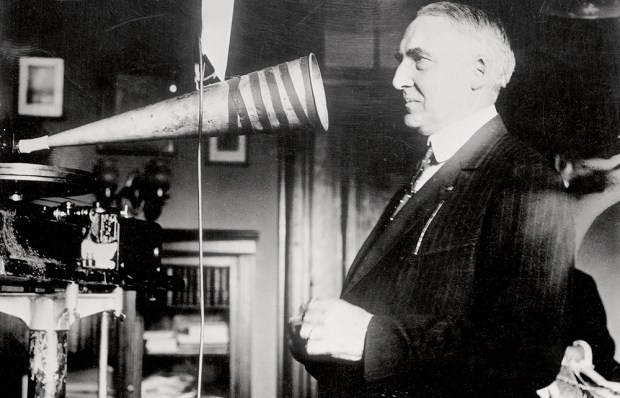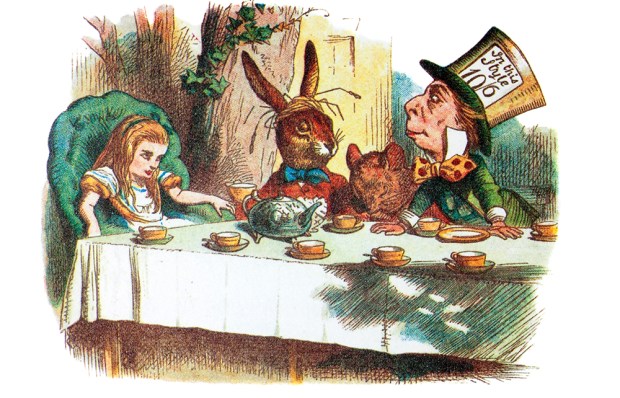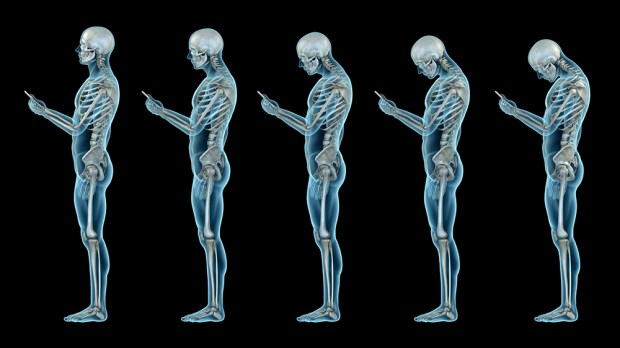I pictured the Green Book (which Rishi Sunak has been urged to tear up) as a matt card-bound thing like an exercise book at school (in which the staples might be rusty from storage). The thing now has a virtual existence. Engagingly subtitled ‘Appraisal and evaluation in central government’, it had been a real paperback book in its 2003 edition, with a picture of a lamppost and the London Eye on the cover.
It’s funny how colour names stick. The standard designation for official publications was Blue Book, a term in use before the English Civil War. The name was applied ad hoc to things like the three Blue Books issued between 1780 and 1792 by the self-appointed Catholic Committee of laymen seeking emancipation.
There is still today an official blue book, UK National Accounts: The Blue Book, published by the Office for National Statistics. It seems to have no cover of any kind, cardboard or virtual, yet it is distinguished from The Pink Book, which is about the balance of payments.
The pulse of weirdos and misfits may be sent racing by green, blue and pink books but a different sort of excitement was suggested by The Yellow Book, the decadent quarterly that ran from 1894 to 1897. ‘Have you seen The Yellow Book?’ Oscar Wilde asked his friend Ada Leverson in a letter. ‘It is horrid and not yellow at all.’
It took its colour from the covers of French novels, some of them racy. The square-cut print-blocks of French novels with their thin paper covers seem to me a strange way to sell books. But The Yellow Book, though only a periodical, was what we call hardback, cloth to publishers.
Fashions in book colours come and go. The 13th century left a manuscript called the Red Book of the Exchequer. In the next century, Welsh stories of the Mabinogion were written in a volume called the Red Book of Hergest (since it was held at Hergest Court, Herefordshire, until it came into the possession of Jesus College, Oxford, in 1701).
In 2004 came The Orange Book, subtitled Reclaiming Liberalism. Contributors included David Laws, Chris Huhne, Nick Clegg and Mark Oaten. How long ago that seems.
Got something to add? Join the discussion and comment below.
Get 10 issues for just $10
Subscribe to The Spectator Australia today for the next 10 magazine issues, plus full online access, for just $10.
You might disagree with half of it, but you’ll enjoy reading all of it. Try your first month for free, then just $2 a week for the remainder of your first year.















Comments
Don't miss out
Join the conversation with other Spectator Australia readers. Subscribe to leave a comment.
SUBSCRIBEAlready a subscriber? Log in